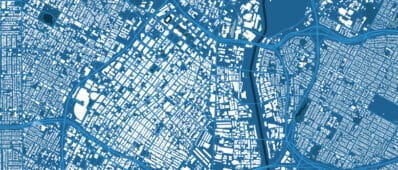Abstract
Although many young people travel independently in the city, transportation research seldom considers the experiential qualities of their routes, focusing instead on the functional aspects of mode choice. More in-depth understanding of how adolescents experience, negotiate, and perceive everyday mobility can support informed design, policy, and planning interventions to make these journeys safer and more enjoyable. This study explores the mobility experiences of 28 youth aged 11 to 15 as they travel to after-school activities in Westlake: a dense, underserved Los Angeles neighborhood. We use the concept of ‘sidewalk ecologies’ to investigate the spatially-situated social and material features that shape mobility experiences, and employ a range of interdisciplinary, youth-centered, mobile methods including thick mapping and walk-along interviews. We uncover how youth negotiate travel through adaptation rather than avoidance, how they develop agency to travel without supervision, and how social and material conditions create a lack of continuity between safe and enjoyable spaces. These insights inform design and programmatic interventions to enhance mobility for young pedestrians; five propositions for urban planners and designers include tending to the social determinants of safety, reinforcing familiar routes, and demonstrating care for people and place.
